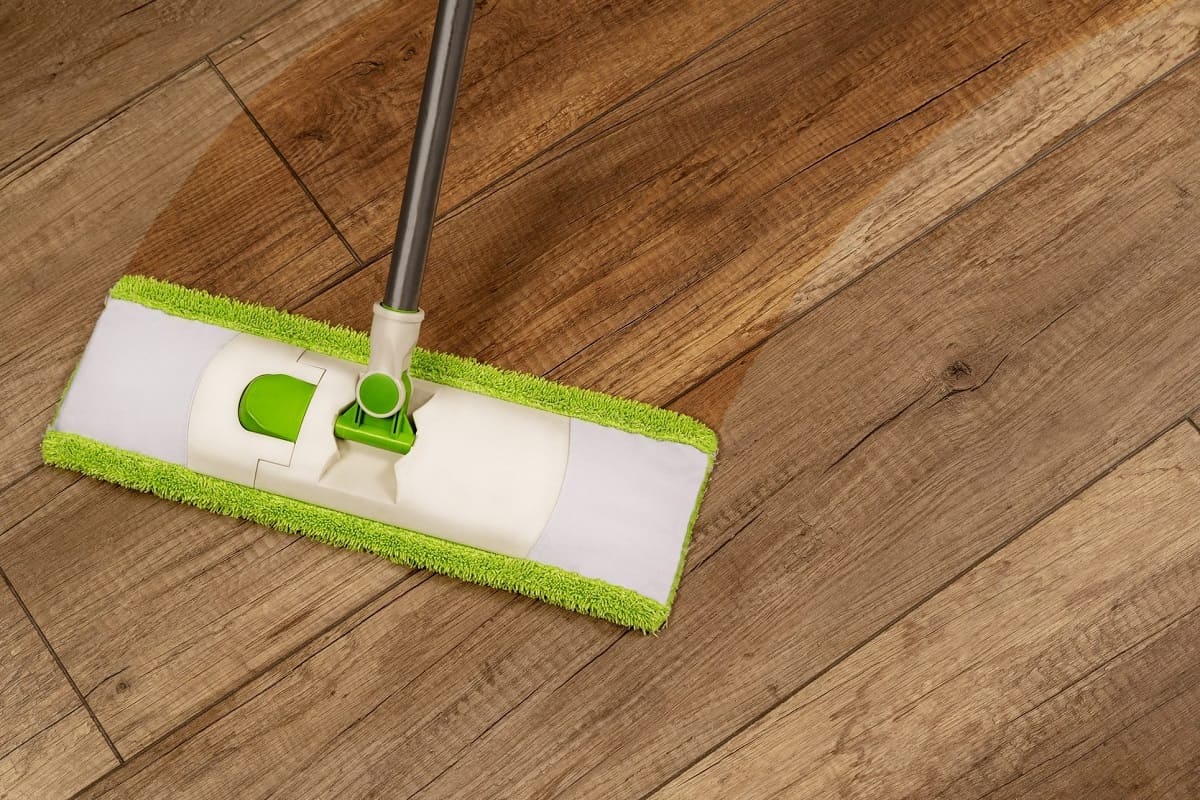

Articles
How To Clean A Laminate Floor
Modified: February 25, 2024
Learn the best techniques for cleaning a laminate floor with our informative articles. Keep your floor looking pristine and free from damage.
(Many of the links in this article redirect to a specific reviewed product. Your purchase of these products through affiliate links helps to generate commission for Storables.com, at no extra cost. Learn more)
Introduction
Laminate flooring is a popular choice for many homeowners due to its durability, affordability, and easy maintenance. However, to keep it looking its best, regular cleaning is essential. Cleaning a laminate floor requires a gentle approach to avoid causing any damage or scratches. With the right techniques and materials, you can effectively clean your laminate floor and keep it looking clean and shiny for years to come.
In this article, we will guide you through the step-by-step process of cleaning a laminate floor, from gathering the necessary supplies to adding a protective finish. Whether you’re a first-time laminate floor owner or someone looking for a refresher on the best cleaning practices, this article will provide you with all the information you need.
Before we delve into the cleaning process, it’s important to note that laminate flooring consists of multiple layers, with a top wear layer protecting a high-resolution image layer. Beneath these layers is a core layer made of composite wood materials. Laminate floors are designed to be moisture-resistant, but excessive water or harsh cleaning agents can still cause damage.
Now, let’s get started with the step-by-step process of cleaning your laminate floor!
Key Takeaways:
- Regularly maintain your laminate floor by using gentle cleaning techniques and avoiding harsh chemicals to preserve its quality and appearance. Remember, a little effort goes a long way in keeping your floor clean and shiny.
- After cleaning, ensure your laminate floor is thoroughly dry to prevent water damage. Consider adding a protective finish for an extra layer of protection against scratches and wear, keeping your floor looking its best for years to come.
Step 1: Gather the necessary supplies
Before you begin cleaning your laminate floor, it’s important to gather all the necessary supplies. Having everything prepared in advance will save you time and ensure a seamless cleaning process.
Here are the supplies you will need:
- A microfiber mop or a soft-bristle broom
- A vacuum cleaner with a soft brush attachment
- A bucket
- Warm water
- A gentle laminate floor cleaner
- A clean, lint-free cloth
- A rubber or foam mop
- Protective gloves
A microfiber mop or a soft-bristle broom is ideal for removing loose dirt and debris from the surface of your laminate floor. Avoid using a regular broom with stiff bristles as it can scratch the surface.
A vacuum cleaner with a soft brush attachment can also be used to remove dust and small particles. Make sure to adjust the vacuum’s settings to a low suction to avoid any potential damage.
When it comes to cleaning solutions, it’s important to use a gentle laminate floor cleaner that is specifically designed for laminate floors. Avoid using harsh chemicals, abrasive cleaners, or steam cleaners as they can cause discoloration, warping, or even permanently damage the floor.
Once you have gathered all the necessary supplies, you’re ready to move on to the next step: removing loose dirt and debris from the laminate floor.
Step 2: Remove loose dirt and debris
Before diving into the actual cleaning process, it’s essential to remove any loose dirt, dust, or debris from the surface of your laminate floor. This step will prevent any scratching or damage to the floor during the cleaning process.
Here’s how to effectively remove loose dirt and debris from your laminate floor:
- Start by using a microfiber mop or a soft-bristle broom to sweep the entire floor. Make sure to cover all areas, including corners and hard-to-reach spots.
- Pay attention to the edges of the room, where dirt and debris tend to accumulate. Gently sweep or mop along the baseboards to remove any buildup.
- If there are any visible larger particles or spills, carefully pick them up by hand or use a dustpan and brush.
- If you prefer using a vacuum cleaner, attach a soft brush attachment to avoid scratching the floor. Use the vacuum on a low setting to suction up any remaining dust or dirt.
- For stubborn dirt or pet hair that may not be easily removed with a mop or broom, consider using a dampened microfiber cloth to gently wipe the affected area. Avoid using excessive water, as laminate floors are not designed to withstand moisture.
By taking the time to remove loose dirt and debris before proceeding to the next step, you’ll ensure that the cleaning process is more effective and protect your laminate floor from potential damage.
Now that you’ve cleared the surface of your laminate floor, you’re ready to move on to the next step: preparing the cleaning solution.
Step 3: Prepare the cleaning solution
Now that you have removed loose dirt and debris from your laminate floor, it’s time to prepare the cleaning solution. Using the right cleaning solution is crucial to ensure a safe and effective clean without causing any damage to the laminate surface.
Here’s how you can prepare the ideal cleaning solution for your laminate floor:
- Fill a bucket with warm water. The temperature should be comfortably warm, but not hot.
- Add a small amount of a gentle laminate floor cleaner to the warm water. Be sure to read the manufacturer’s instructions and follow the recommended dilution ratio.
- Gently swirl the water to mix the cleaner and water together. Avoid vigorous stirring, as it can create excessive suds.
When choosing a laminate floor cleaner, opt for one that is specifically formulated for laminate floors. Many cleaning solutions are designed to be gentle yet effective in removing dirt and stains without compromising the integrity of the laminate surface.
Avoid using harsh chemicals, bleach, or ammonia-based cleaners, as they can cause discoloration, damage the protective layer, or leave behind a sticky residue.
It’s important to note that using excessive water or over-soaking the laminate floor can cause swelling and warping. The cleaning solution should be damp, not soaking wet.
With the cleaning solution prepared, you’re now ready to move on to the next step: mopping the laminate floor.
Step 4: Mop the laminate floor
With the cleaning solution prepared, it’s time to mop your laminate floor. Mopping will help remove dirt, stains, and grime from the surface, leaving your floors clean and refreshed.
Follow these steps to effectively mop your laminate floor:
- Dip a rubber or foam mop into the cleaning solution, ensuring that it is only damp and not soaking wet. Excess water can seep into the laminate seams and cause damage.
- Starting from one corner of the room, mop the floor in a gentle, back-and-forth motion. Avoid using excessive pressure, as this can push the cleaning solution into the seams and result in swelling or warping.
- Cover the entire floor, making sure to reach into corners and along the baseboards. Take your time to ensure a thorough clean.
- If you come across any stubborn stains or spots, gently scrub them with a soft-bristle brush or a microfiber cloth. Apply a bit of the cleaning solution directly on the stain and scrub in a circular motion.
- Periodically rinse the mop in the bucket and wring out any excess water. This will help prevent over-soaking the floor and ensure an even distribution of the cleaning solution.
Remember, less is more when it comes to the cleaning solution. Using too much can leave behind a residue, which can make your floor sticky or dull over time. If necessary, you can always go back over the floor with a clean, damp cloth to remove any excess cleaning solution.
Once you have mopped the entire laminate floor, take a step back and admire your hard work! But before you finish, make sure to address any stubborn stains or spots.
Please proceed to the next step: Spot clean stubborn stains
Use a microfiber mop or cloth to clean laminate floors, as it is gentle and effective at picking up dirt and debris without scratching the surface. Avoid using excessive water, and instead opt for a laminate floor cleaner or a mixture of vinegar and water for a streak-free finish.
Read more: How To Level Floor For Laminate
Step 5: Spot clean stubborn stains
Even with regular cleaning, it’s not uncommon for laminate floors to develop stubborn stains or marks. These can be caused by spills, pet accidents, or other mishaps. Spot cleaning these stains promptly will help maintain the appearance of your laminate floor.
Here’s how you can effectively spot clean stubborn stains on your laminate floor:
- Dampen a clean, lint-free cloth with the cleaning solution. Make sure the cloth is not dripping wet, as excess moisture can damage the laminate floor.
- Gently blot the stain, applying light pressure and working from the edges towards the center. Avoid vigorous rubbing, as this can worsen the stain or damage the floor.
- If the stain persists, you can use a soft-bristle brush or an old toothbrush to gently scrub the area. Apply a small amount of the cleaning solution directly to the stain and scrub in a circular motion.
- Continue blotting and scrubbing until the stain is removed. For stubborn or set-in stains, you may need to repeat the process multiple times, being patient and persistent.
- Once the stain is removed, rinse the cloth with clean water and wipe the area to remove any residual cleaning solution. This will help prevent any sticky residue from being left behind.
It’s important to act quickly when dealing with stains on laminate floors. The longer a stain is left untreated, the more difficult it may be to remove. However, avoid using abrasive cleaners or tools, as they can scratch or damage the surface of the laminate floor.
If you’re unsure about a specific stain or how to remove it, consult the manufacturer’s guidelines or contact a professional for advice.
Now that you’ve tackled any stubborn stains, it’s time to move on to the next step: drying the floor.
Step 6: Dry the floor
After the cleaning process, it’s important to dry your laminate floor thoroughly. Excess moisture left on the floor can lead to water damage, including swelling, warping, and even mold growth. Properly drying the floor will help maintain its quality and longevity.
Follow these steps to effectively dry your laminate floor:
- Take a clean, dry, lint-free cloth and gently wipe the entire surface of the laminate floor. Pay special attention to areas that may have been wetter, such as stubborn stains or spills.
- Ensure that all visible moisture or dampness is removed from the floor. This will help prevent any potential water damage.
- If you have a fan or air circulation system, turn it on to help speed up the drying process. Good air circulation will aid in evaporating any remaining moisture.
- Avoid walking on the floor until it is completely dry to prevent any accidental slips or falls.
- Periodically check the laminate floor to ensure it is thoroughly dry before proceeding with any additional steps, such as adding a protective finish.
If you notice any lingering moisture or dampness on the floor after drying, consider using a clean, lint-free cloth or mop to gently absorb the excess moisture.
Remember, laminate floors are not designed to withstand excessive moisture, so it’s crucial to ensure that the floor is completely dry before moving on.
With the floor now dry, you’re nearly finished with the cleaning process. If desired, you can choose to add a protective finish to further enhance the appearance and durability of your laminate floor. This step is optional but can provide an added layer of protection against scratches and stains.
Please proceed to the next step: Add a protective finish (optional)
Step 7: Add a protective finish (optional)
If you want to take your laminate floor maintenance a step further and provide an extra layer of protection, you can consider adding a protective finish. While laminate floors are already designed to be durable, a protective finish can help guard against scratches, stains, and wear and tear over time.
Here’s how you can add a protective finish to your laminate floor:
- Choose a laminate floor-specific protective finish product. Look for options that are specifically designed for laminate floors and follow the manufacturer’s instructions.
- Ensure that the floor is clean and completely dry before applying the protective finish.
- Pour a small amount of the protective finish onto a clean, lint-free cloth or mop.
- Apply a thin and even layer of the protective finish to the entire floor surface, working in small sections.
- Follow the manufacturer’s instructions regarding drying time and reapplication if necessary.
Applying a protective finish can help enhance the appearance of your laminate floor and provide an additional barrier against everyday wear and tear. It can also make your floor easier to clean in the future.
If you’re unsure about which specific protective finish product to use or how to apply it, consult the manufacturer’s guidelines or seek advice from professionals in the industry.
Congratulations! You have successfully completed the process of cleaning and maintaining your laminate floor. By following these steps, your floor should look clean, shiny, and well-protected for years to come.
Remember to regularly maintain your laminate floor with gentle cleaning techniques and avoid using abrasive tools or harsh chemicals to preserve its quality and appearance.
Thank you for reading and happy cleaning!
Conclusion
Cleaning and maintaining your laminate floor doesn’t have to be a daunting task. With the right supplies, techniques, and a little bit of effort, you can keep your laminate floor looking clean, shiny, and well-protected for years to come.
Throughout this article, we’ve outlined a step-by-step process to guide you through the proper cleaning and maintenance of your laminate floor. From gathering the necessary supplies to adding a protective finish, each step has been carefully designed to ensure a thorough and effective cleaning process.
Remember to be gentle when cleaning your laminate floor, as excessive water or harsh chemicals can cause damage. Use a damp mop or cloth, and avoid over-soaking the floor. Spot clean stubborn stains promptly to prevent them from setting in.
Properly drying the floor after cleaning is essential to prevent water damage, so ensure that the floor is completely dry before walking on it or adding any additional steps, such as a protective finish.
If you choose to apply a protective finish, make sure to use a product specifically designed for laminate floors and follow the manufacturer’s instructions for best results. This additional layer of protection will help safeguard your floor from scratches, stains, and general wear and tear.
Maintaining your laminate floor on a regular basis is key to preserving its appearance and longevity. Regular sweeping or vacuuming to remove loose dirt and debris, and periodic cleaning with a gentle laminate floor cleaner, will help keep your floor looking its best.
By following these guidelines and maintaining a consistent cleaning routine, you can ensure that your laminate floor remains a beautiful and durable feature of your home for years to come.
Thank you for reading, and we hope you found this article helpful. Happy cleaning!
Frequently Asked Questions about How To Clean A Laminate Floor
Was this page helpful?
At Storables.com, we guarantee accurate and reliable information. Our content, validated by Expert Board Contributors, is crafted following stringent Editorial Policies. We're committed to providing you with well-researched, expert-backed insights for all your informational needs.
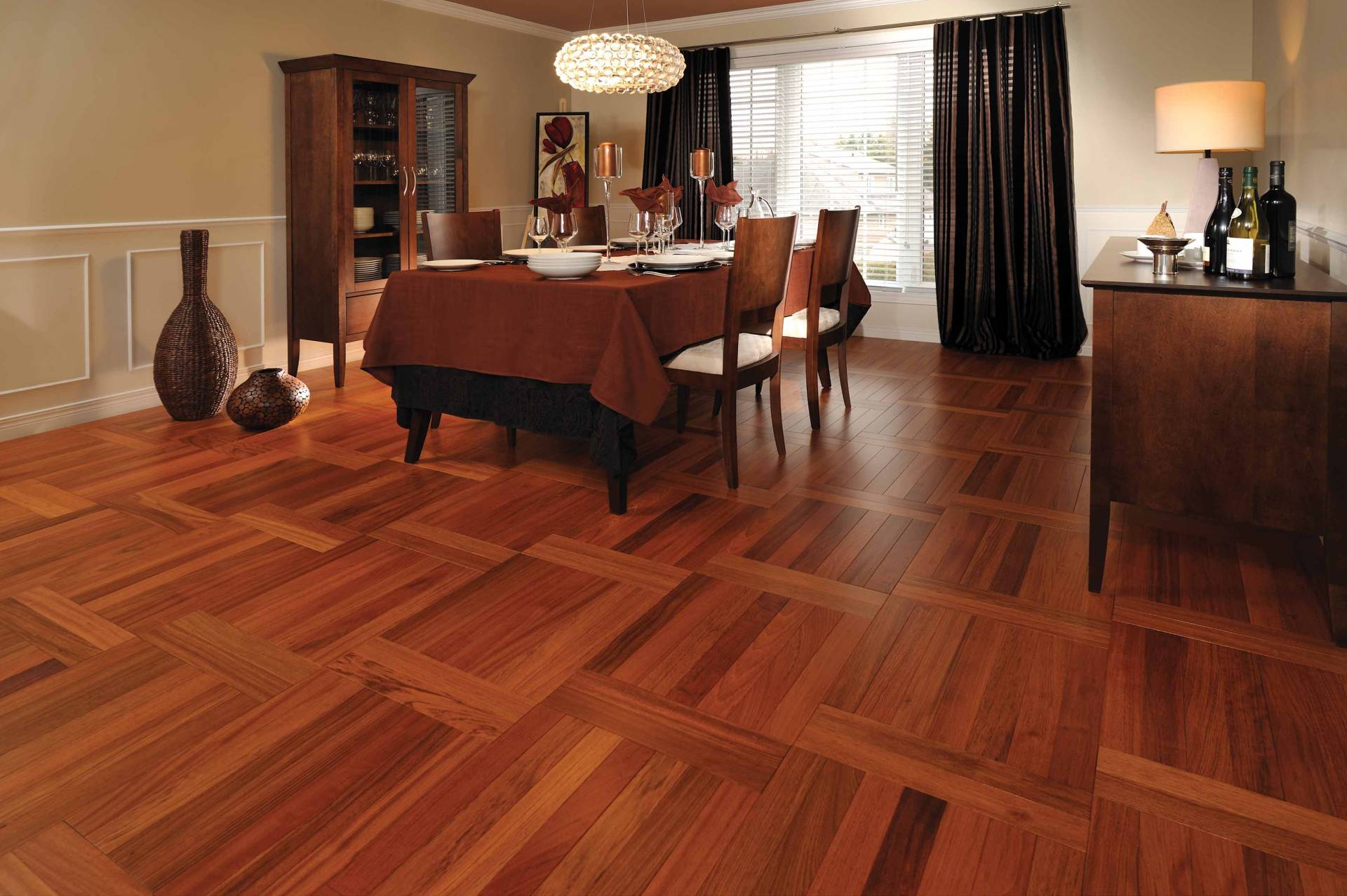
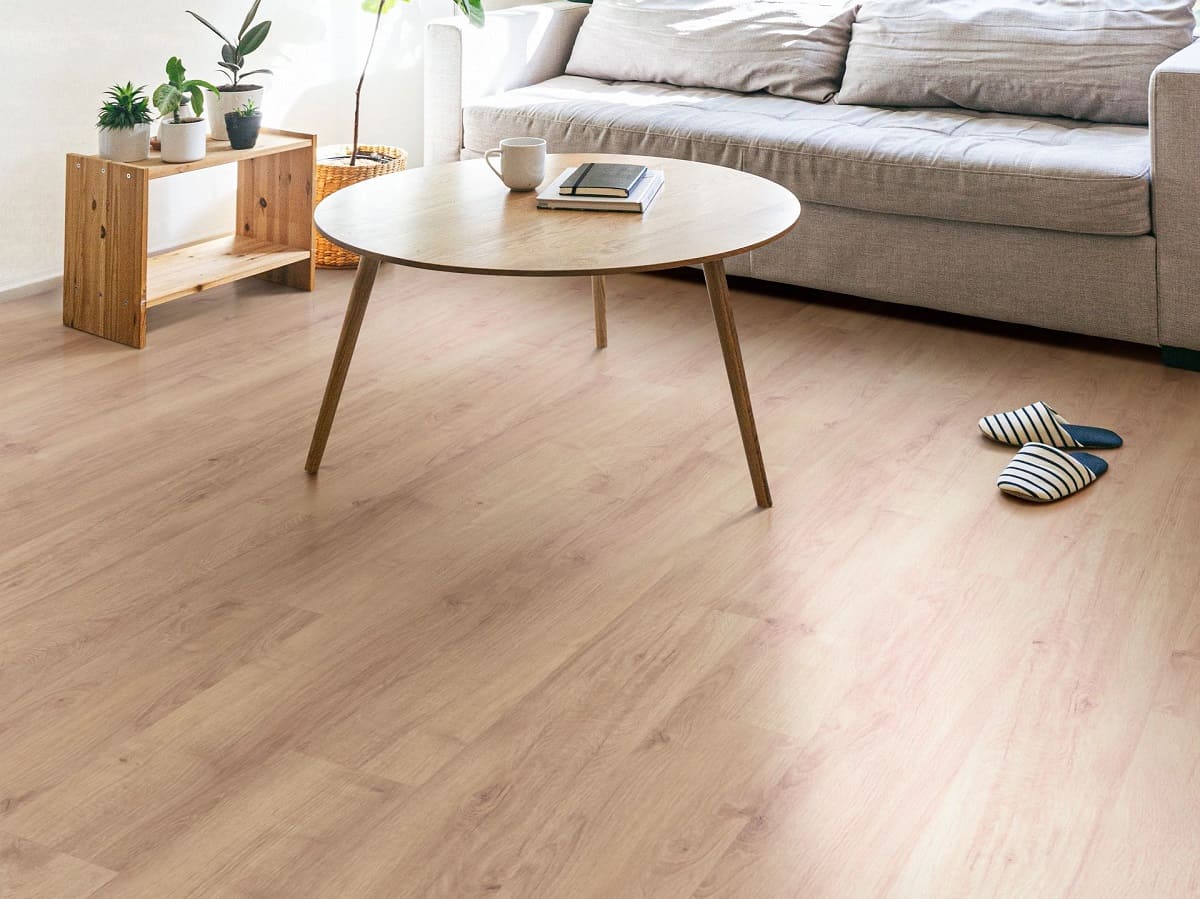
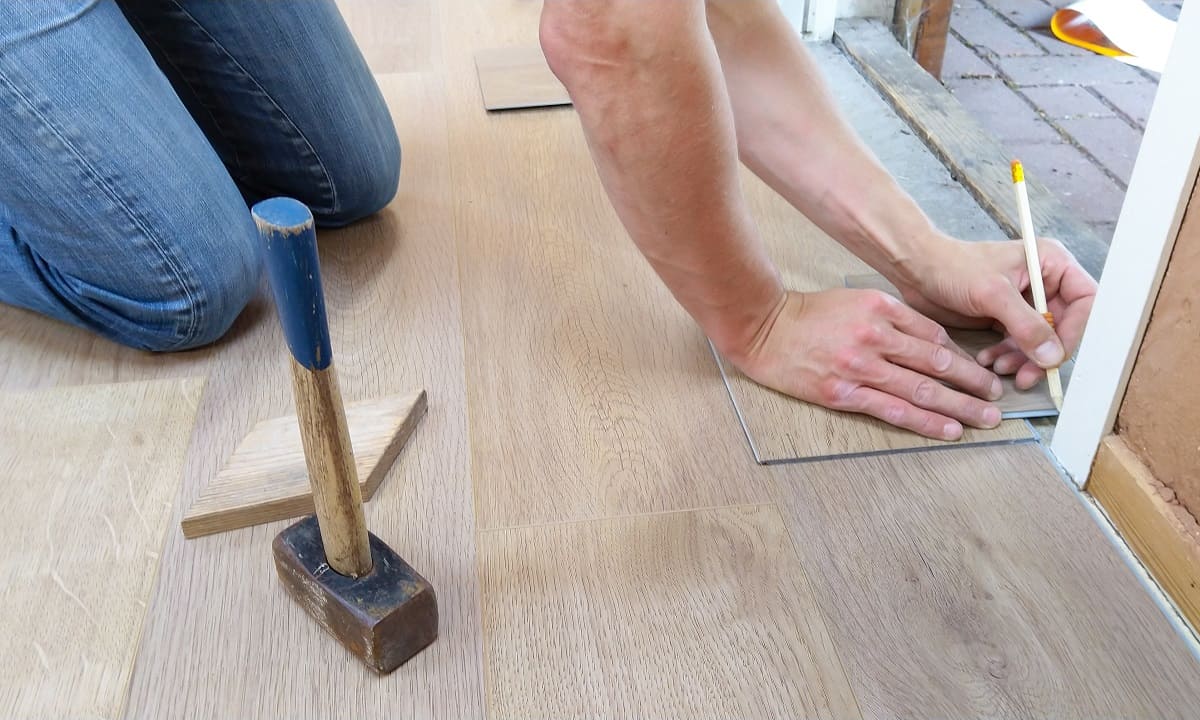
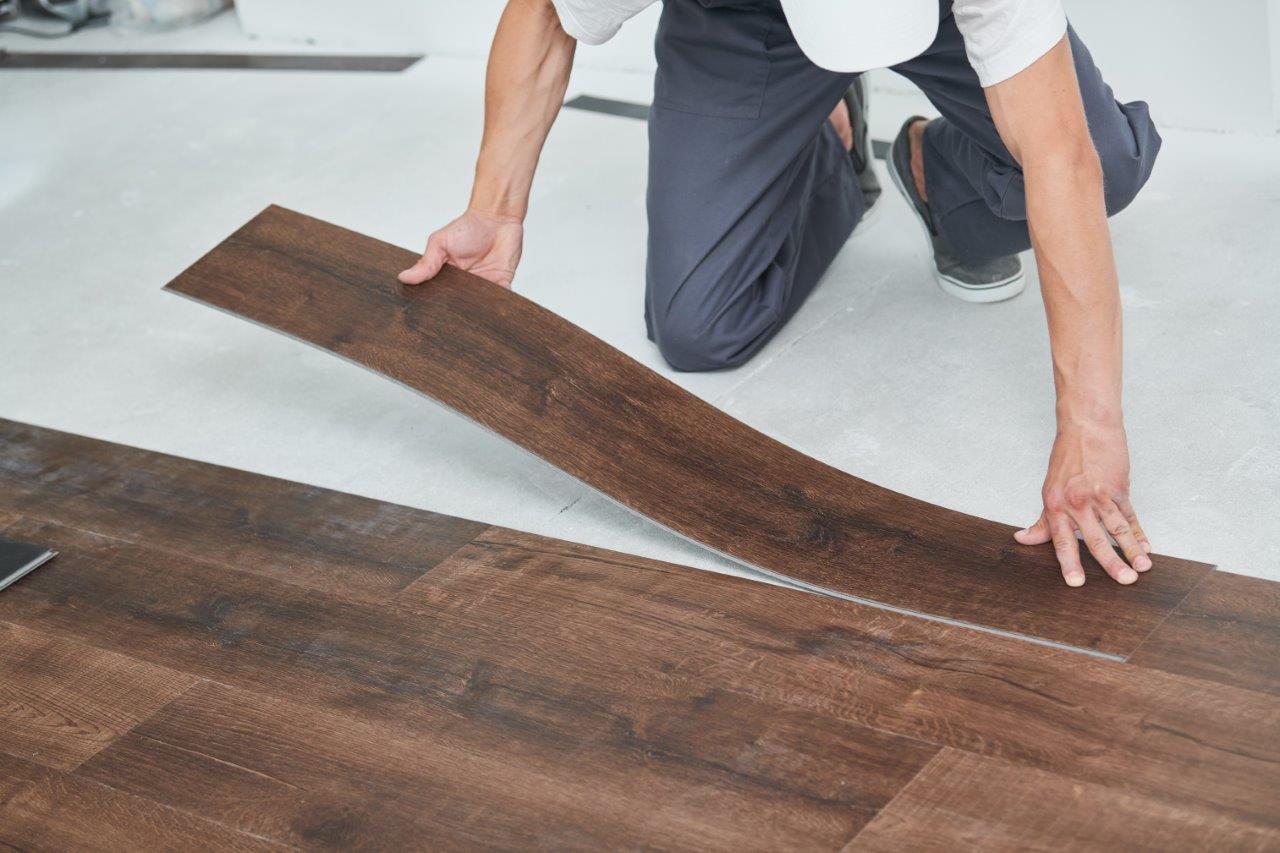
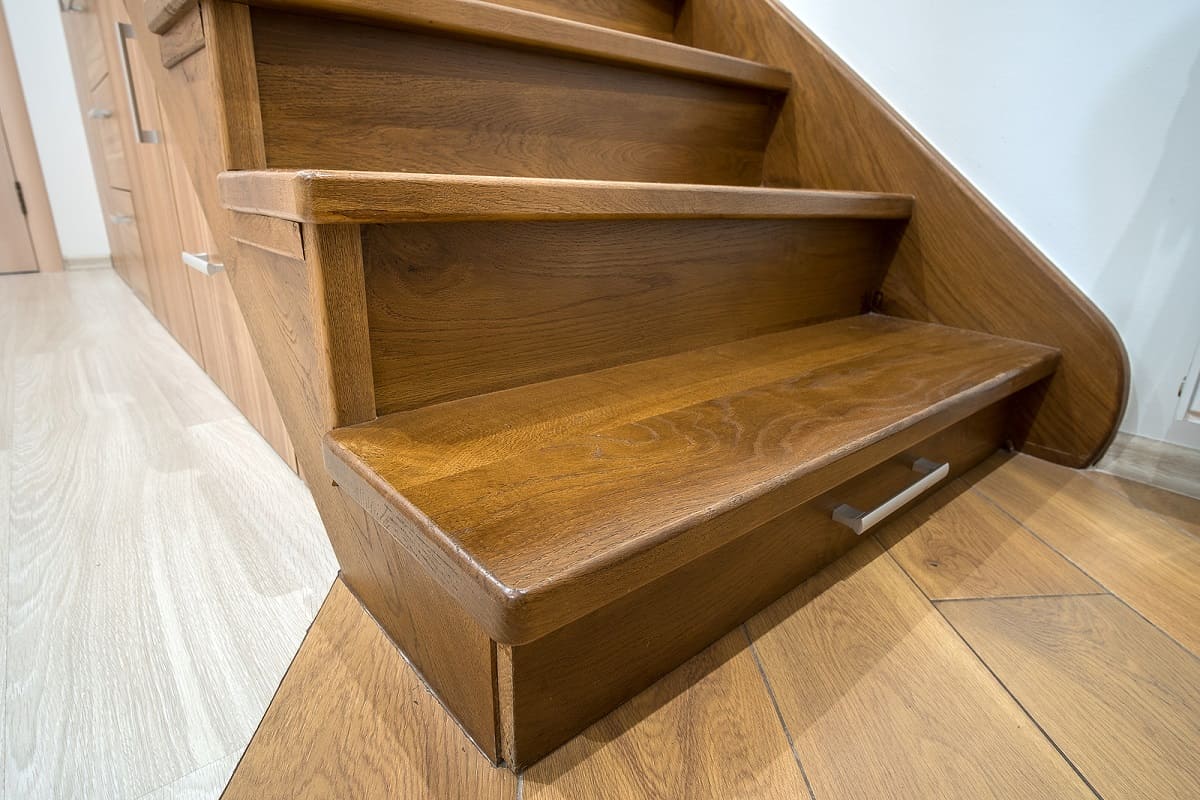
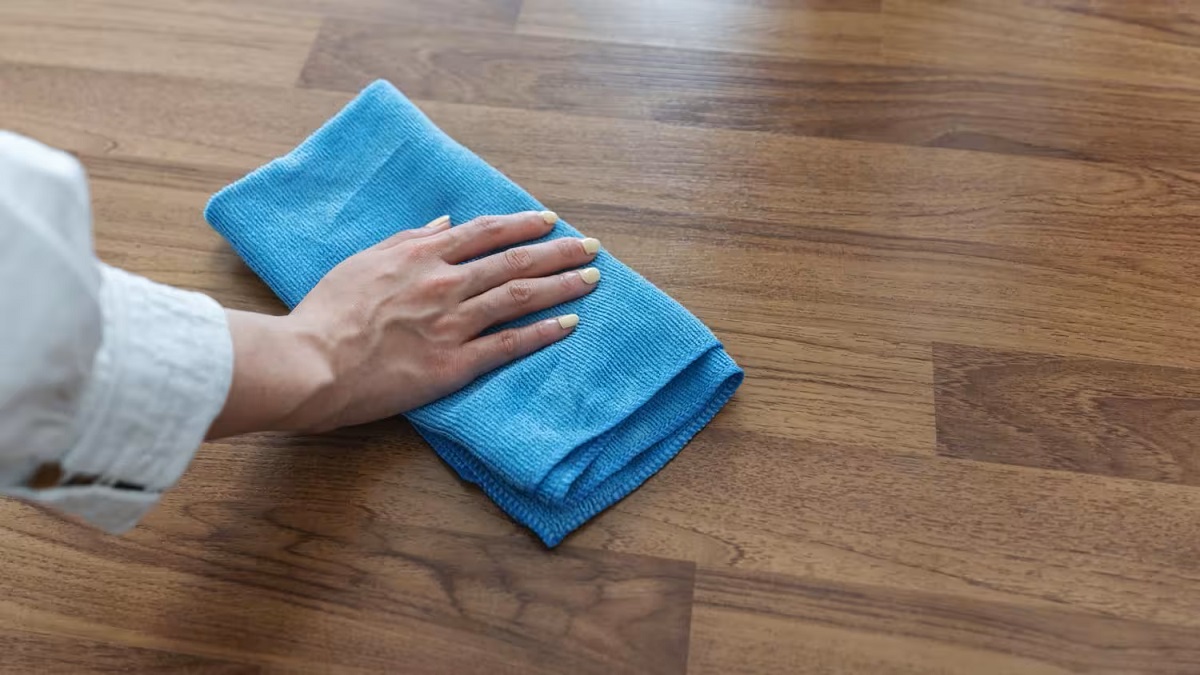
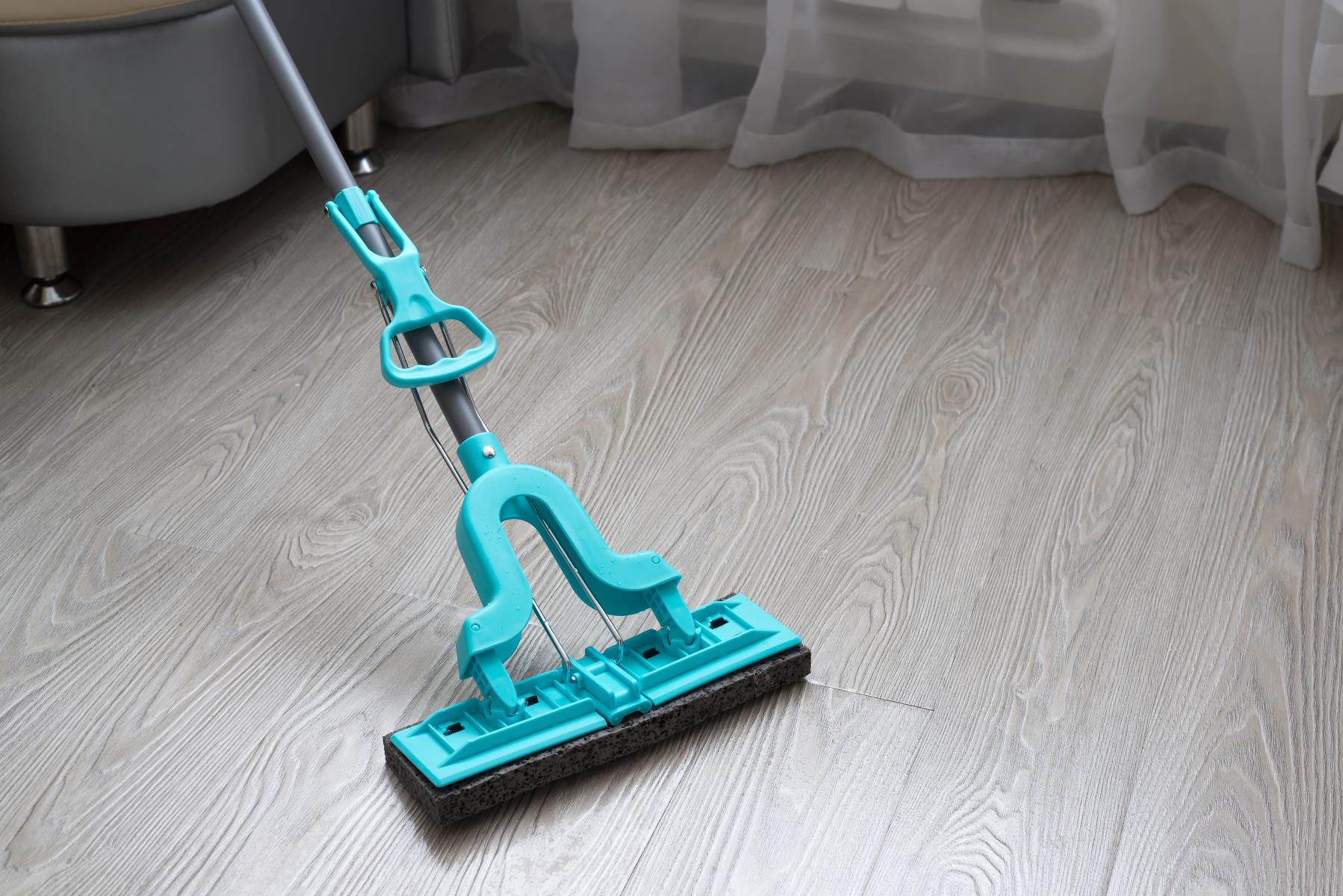
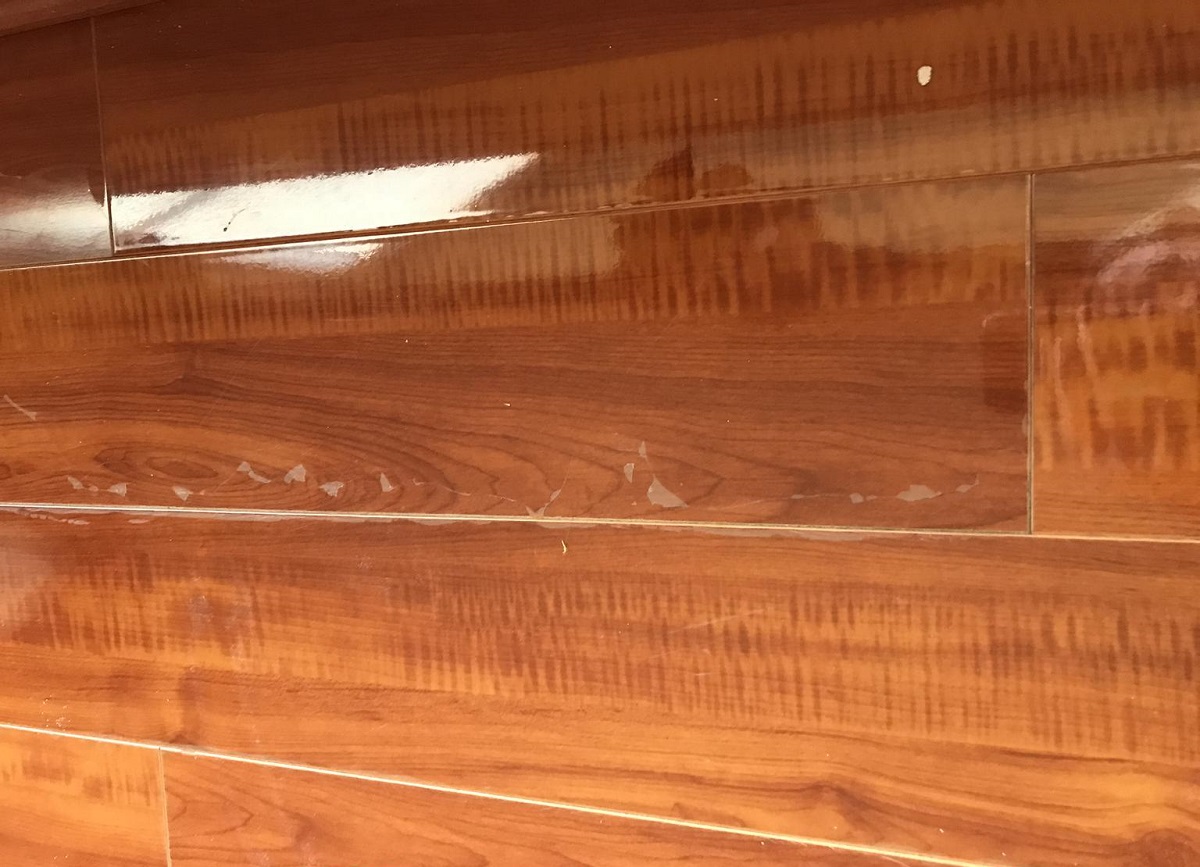
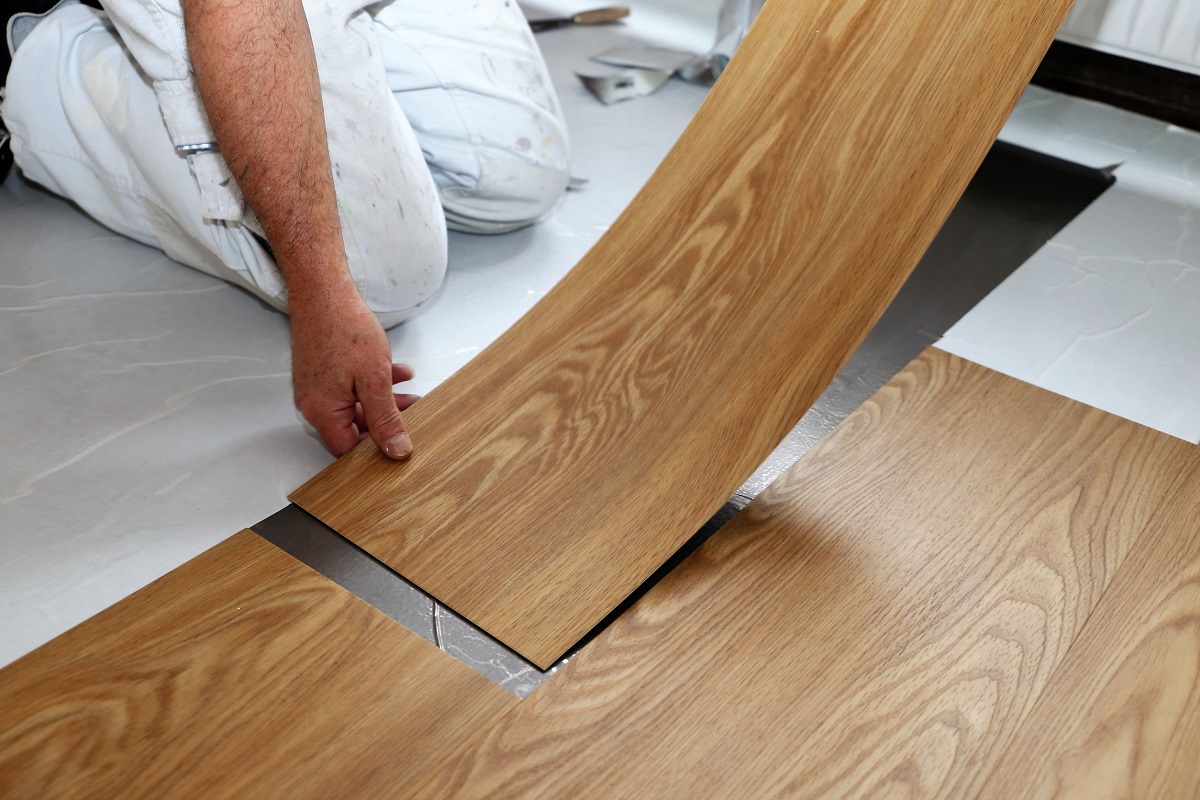
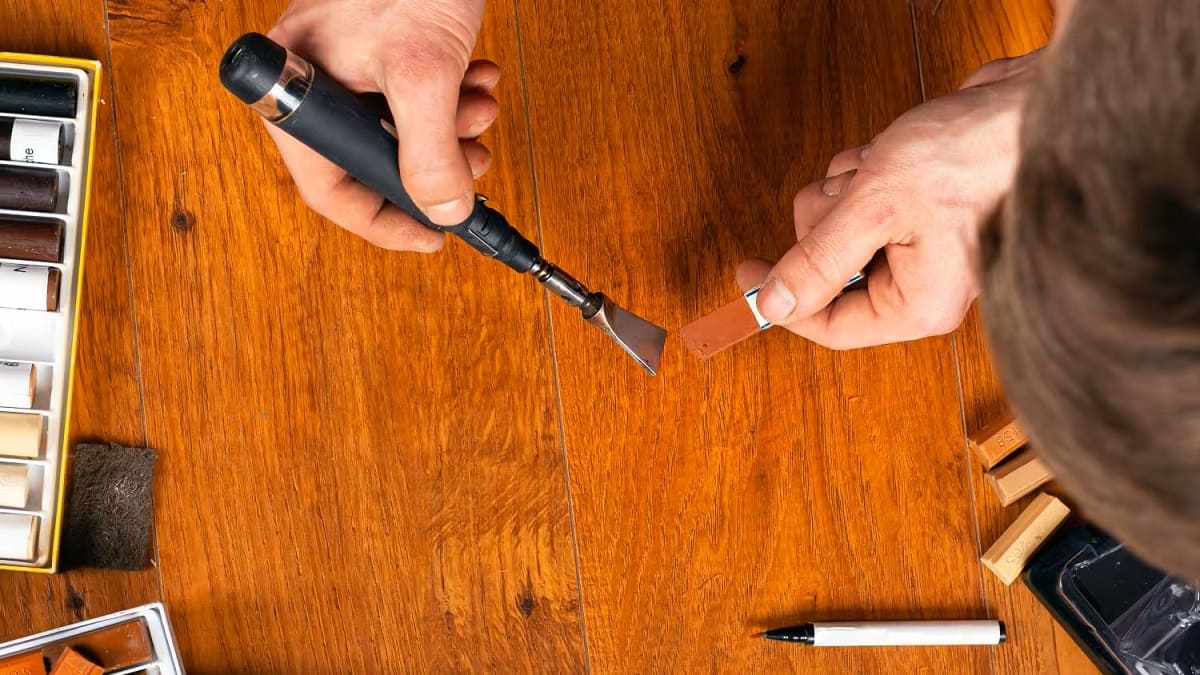
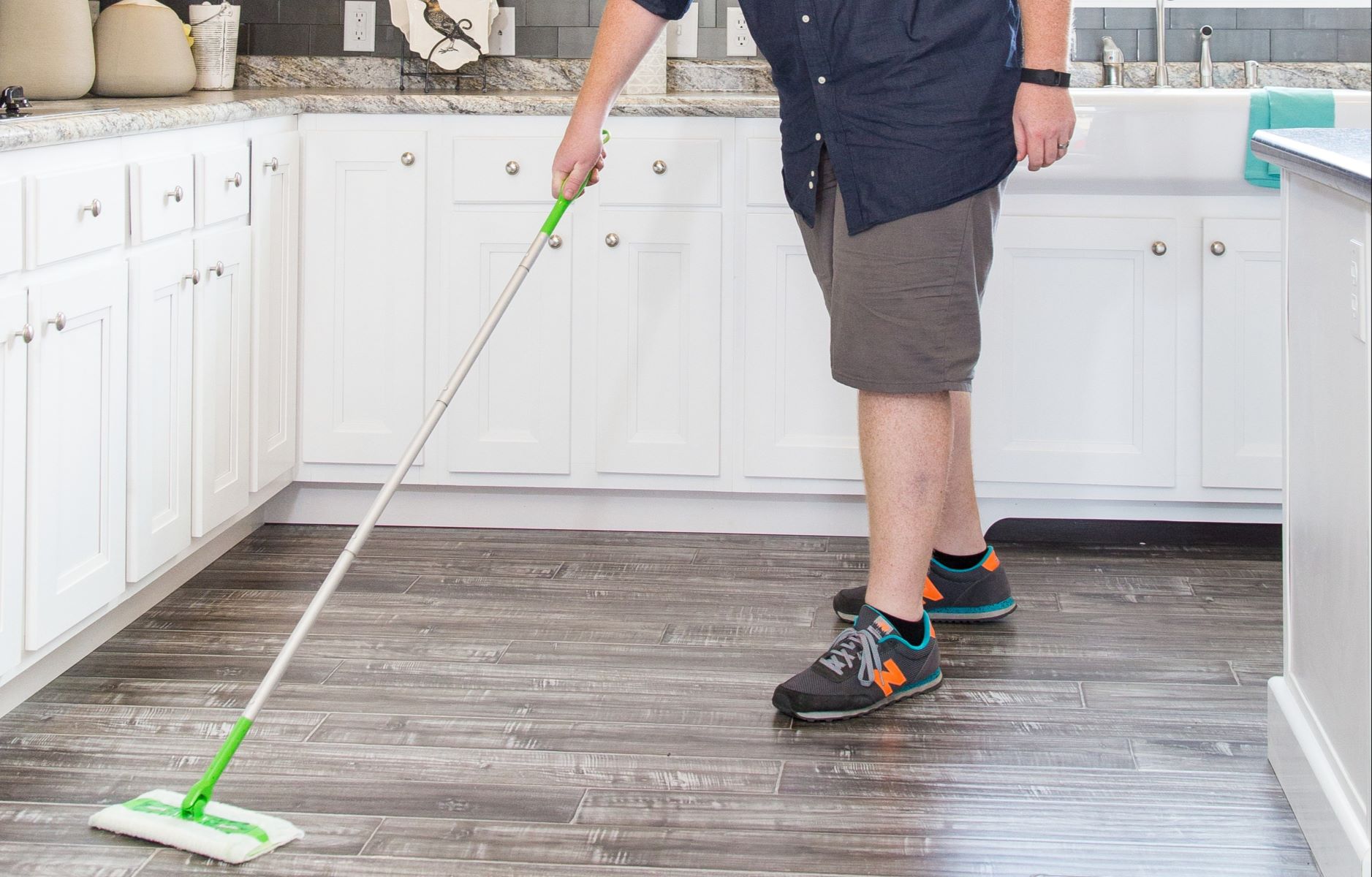
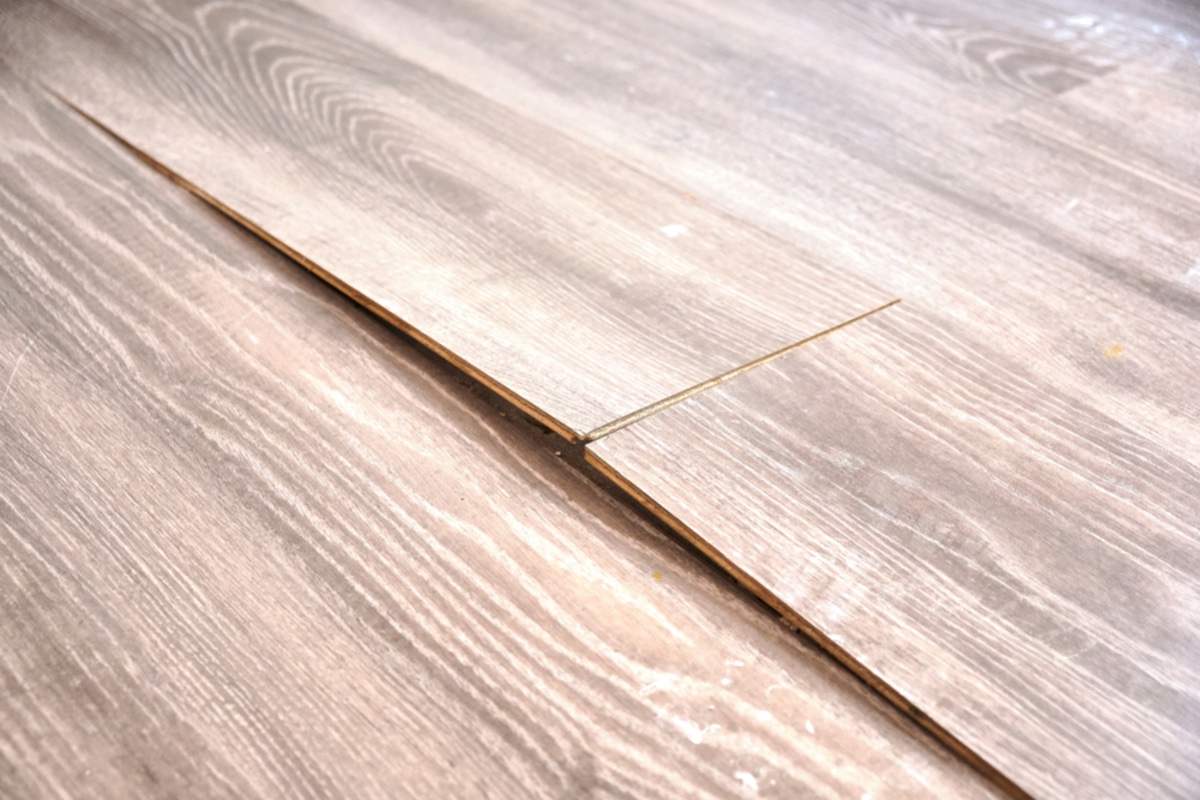
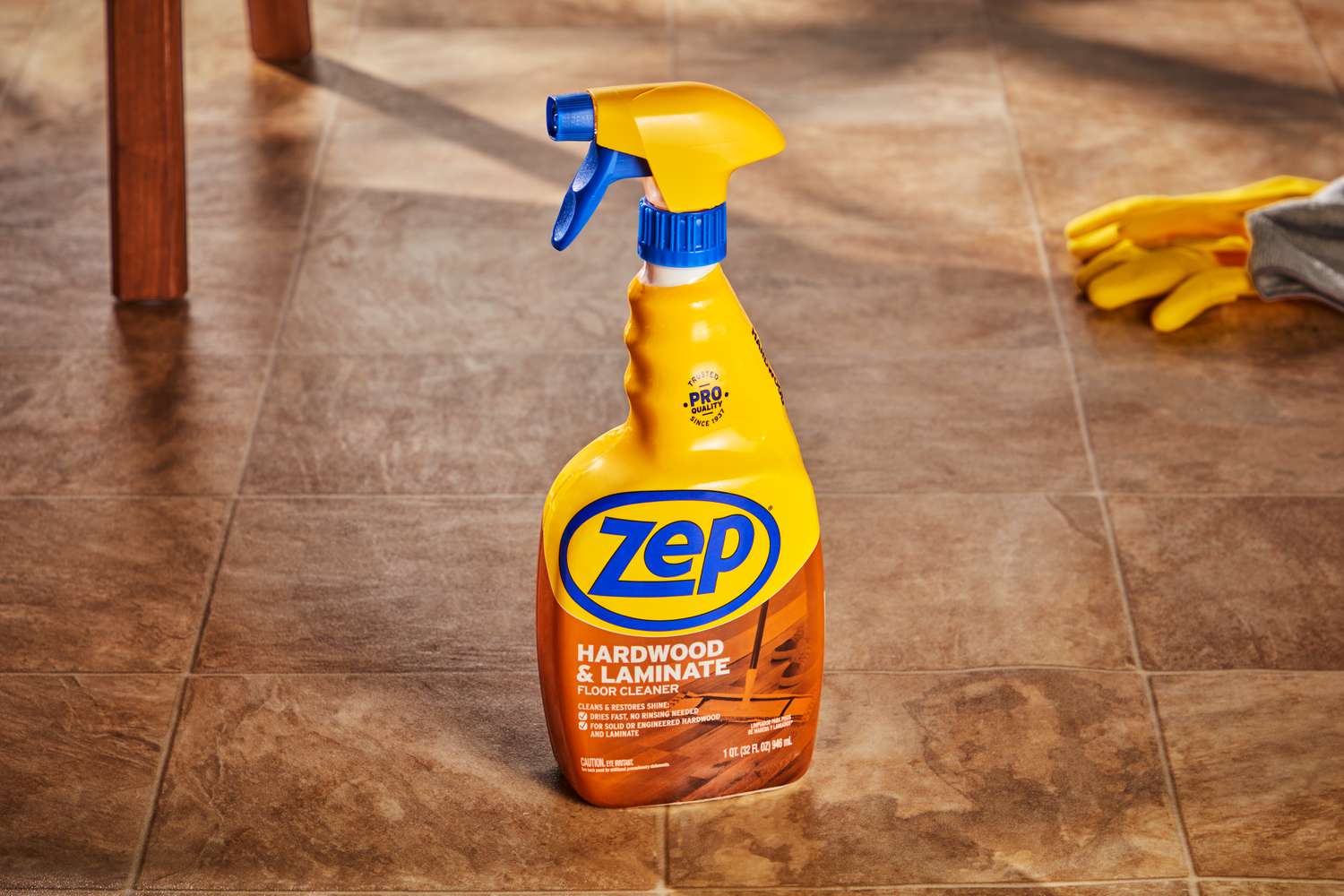
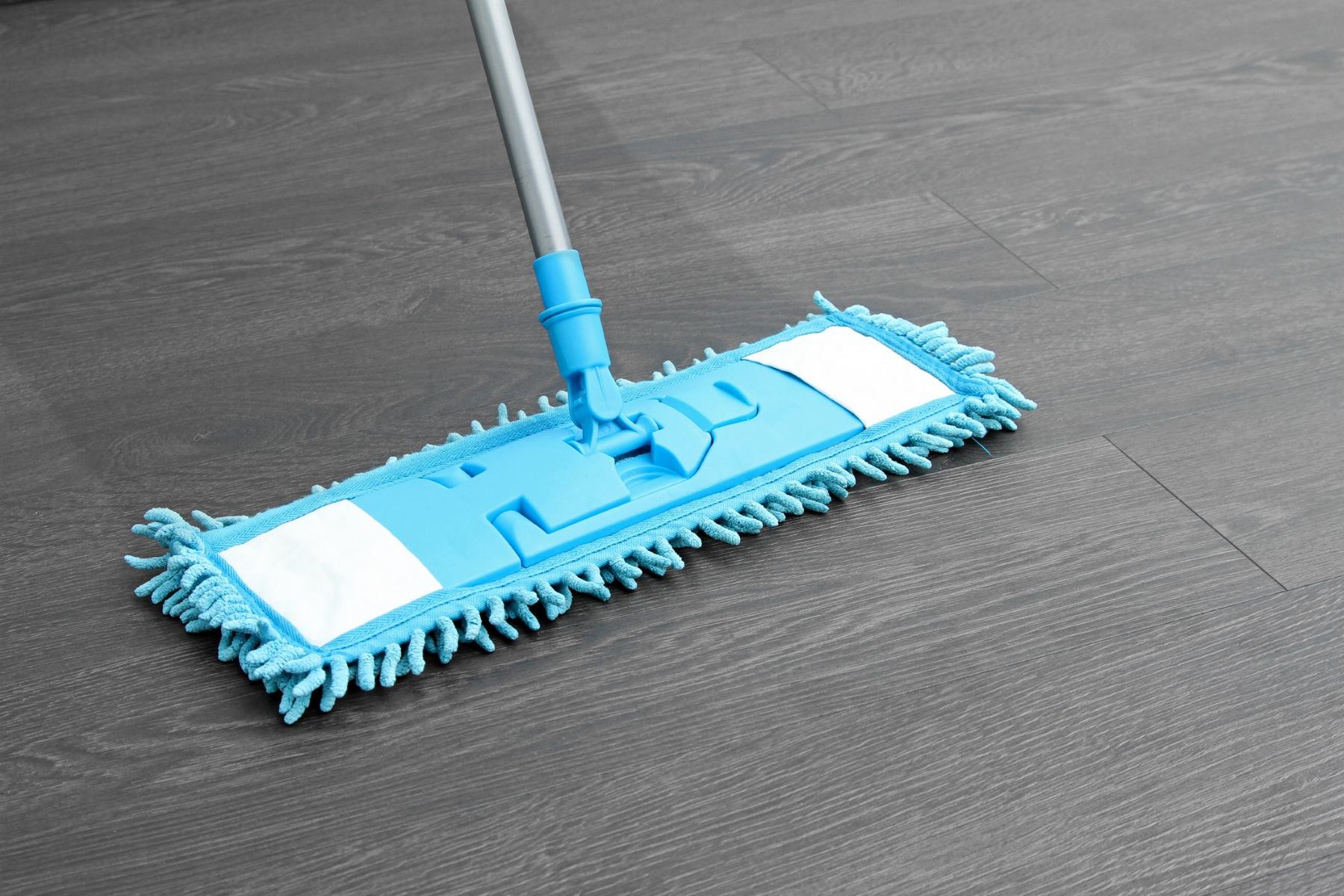

0 thoughts on “How To Clean A Laminate Floor”